Philosophical curiosities from around the world [slideshow]
Today is World Philosophy Day! Introduced by UNESCO in 2002, World Philosophy Day aims to promote the global importance of philosophical thought. To celebrate, we’ve created a slideshow of philosophical puzzles from A Cabinet of Philosophical Curiosities: A Collection of Puzzles, Oddities, Riddles, and Dilemmas to test your thinking. Take a look at the slideshow below to see if you can answer these riddles from around the world.

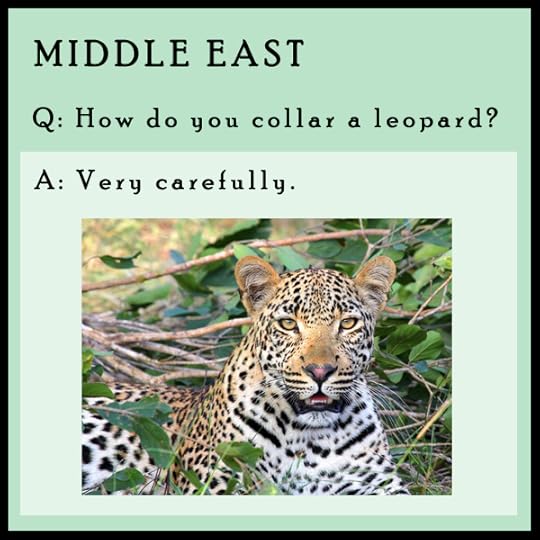
In 1913, T. E. Lawrence faced a riddle:
A young leopard, a gift from a government official in Jerablus, had outgrown its collar. The leopard was an effective watchdog but had no loyalty to Lawrence, and eEnticing the leopard into a box had made it even nastier. Lawrence did not want to put his hand in the box. So he stuffed the cage with canvas bags until the leopard lost freedom of movement. He then opened the top of the box, put the collar on the wedged leopard, and released the beast.
Image credit: “leopard-leopard-head-wildlife” by IrmaB. CC0 via Pixabay.
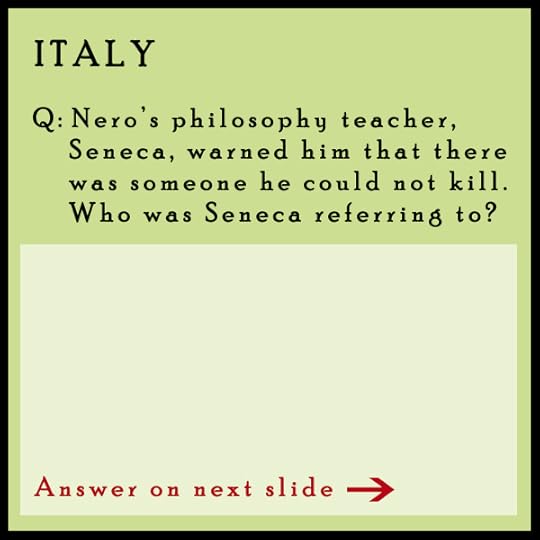
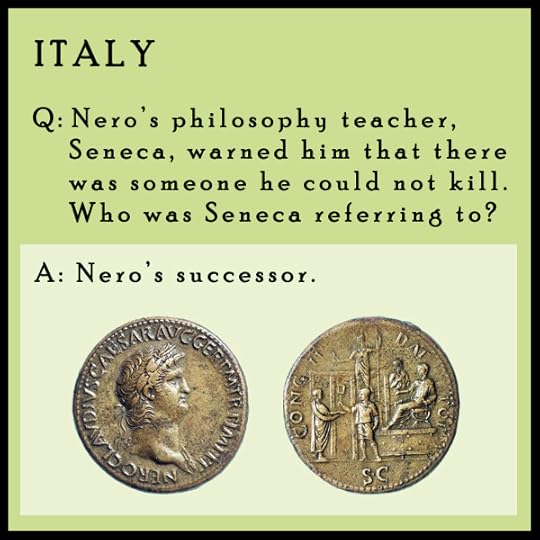
The next emperor was Galba. But Seneca was not claiming that Galba could not be killed. Galba only avoided Nero’s intention to kill him by good fortune. Seneca was making a logical point: ‘However many you put to death, you will never kill your successor.’ Seneca was correct. Before Nero was succeeded, however, he succeeded in arranging Seneca’s death.
Image credit: “Nero charity” provided by Classical Numismatic Group, Inc. CC BY-SA 3.0 via Wikimedia Commons.
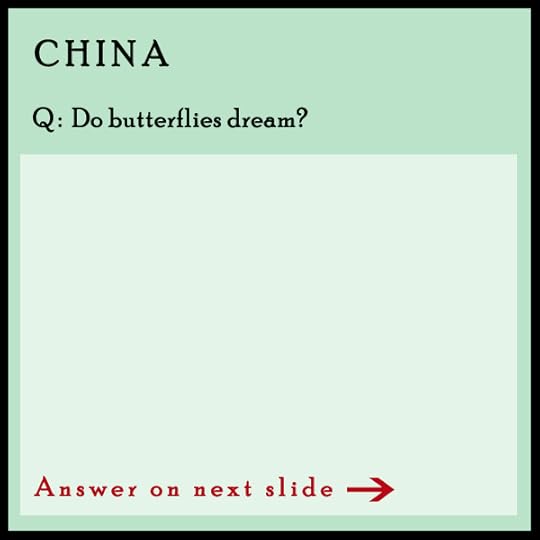
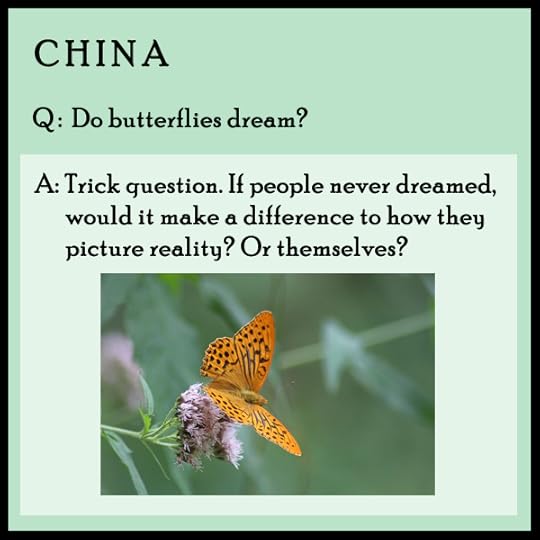
Philosophers would certainly lose the most natural way of introducing skepticism. The Chinese Taoist Chuang Tzu (fl. fourth century BC) dreamt he was a butterfly. When he awoke he wondered whether he was a man who had dreamt he was a butterfly or a butterfly now dreaming he was a man. Any experience can be explained as either a faithful repre¬sentation of the world or as a mere figment of a sleeper’s imagination.
Image credit: “butterfly-free-flight” by Clapton. CC0 via Pixabay.
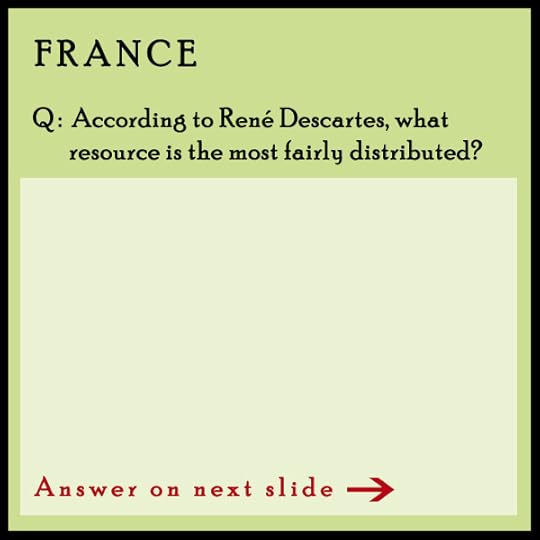
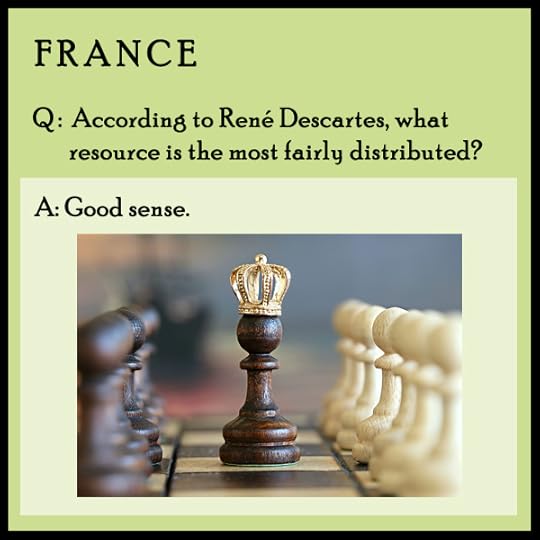
“Of all things, good sense is the most fairly distributed: every¬one thinks he is so well supplied with it that even those who are the hardest to satisfy in every other respect never desire more of it than they already have.”
Image credit: “chess-pawn-king-game-tournament” by klimkin. CC0 via
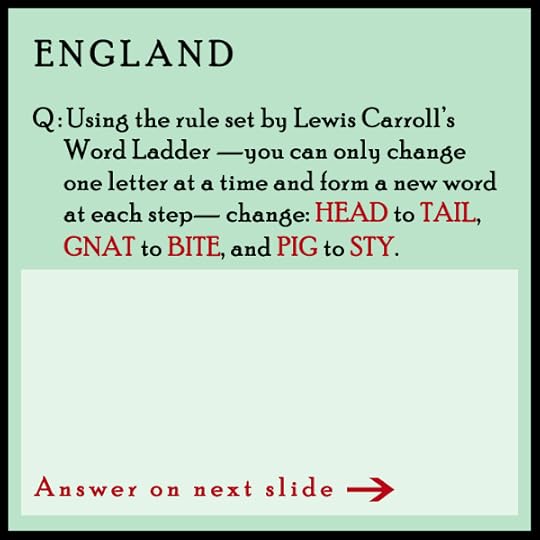

Based on Lewis Carroll’s methodology, the best way to get from “Head” to “Tail” via a Word Ladder is: HEAD, HEAL, TEAL, TELL, TALL, TAIL.
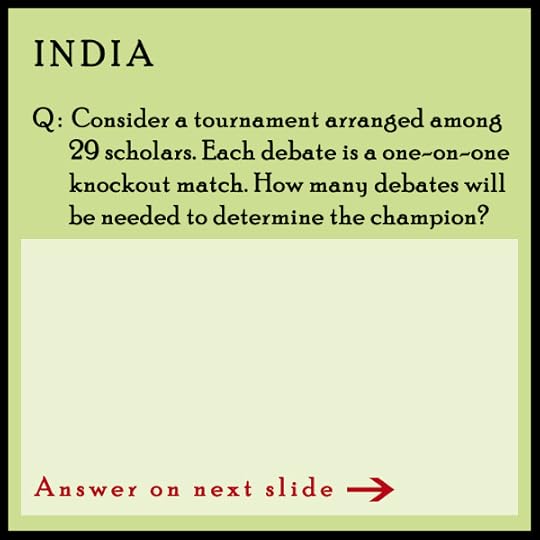
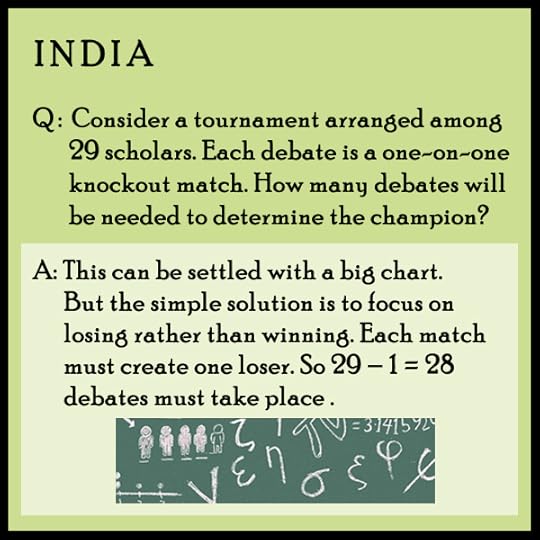
Image credit: “math-symbols-blackboard-classroom” by Pixapopz. CC0 via Pixabay.
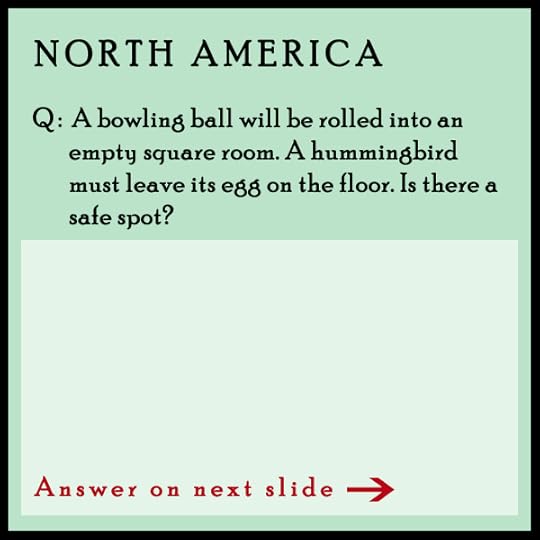
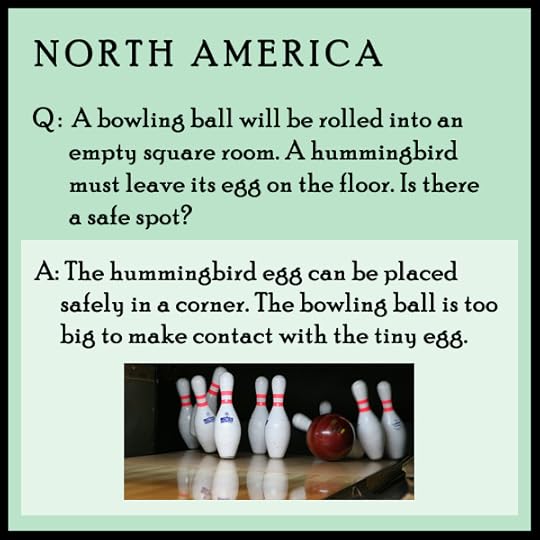
The last two stanzas of Emily Dickinson’s ‘Within My Garden, Rides a Bird’ refer to a puzzle posed by a hummingbird.
And He and I, perplex us,
If positive, ’twere we—
Or bore the Garden in the Brain
This Curiosity—
But He, the best Logician,
Refers my clumsy eye—
To just vibrating Blossoms!
An Exquisite Reply!
Image credit: “bowling-pins-falling-alley-lane” by skeeze. CC0 via Pixabay.
Featured image credit: “International Space Station View Space Night Earth” by skeeze. CC0 via Pixabay.
The post Philosophical curiosities from around the world [slideshow] appeared first on OUPblog.

Oxford University Press's Blog
- Oxford University Press's profile
- 238 followers



